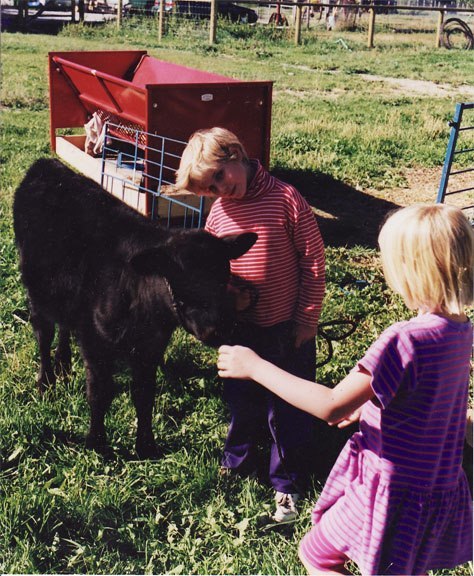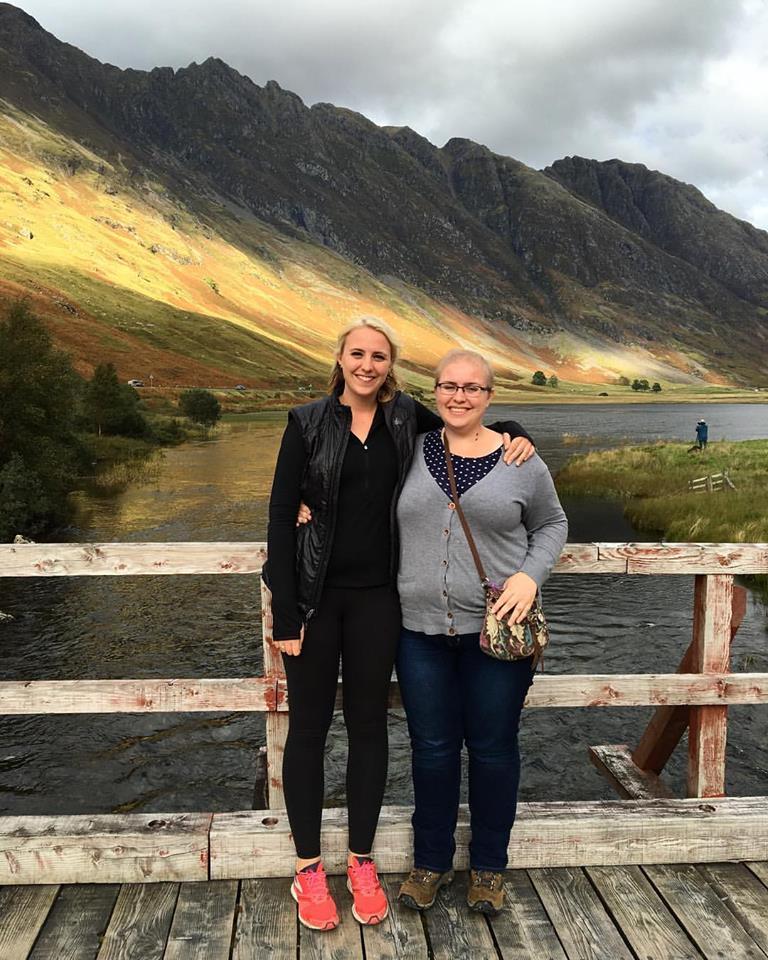When I was young, I marked the beginning of spring each year by the first day I heard a meadowlark sing. There were many of them around my family’s farm in the Bitterroot Valley, and their distinctive trills and yellow breasts were easy to pick out even as a child.
I watched and listened for other animals too—the foxes who tried to steal our chickens whenever they had kits to feed, the deer who made beds in the tall grass, the rare sandhill cranes who always came in pairs. The natural world was constantly and visibly intertwined with my life, instilling a habit of picking out the details that has continued into my adulthood. I still keep The Sibley Guide to Birds on a shelf by a window.

I left Montana to attend Carleton College in Minnesota, where I studied English and Music, with a concentration in Medieval and Renaissance Studies. I had a wonderful four years there but missed the mountains desperately, so when I graduated I moved back to Missoula, where I fell in love all over again.
Beyond the beautiful vistas, things were visible to me as an adult that had been beyond my understanding as a child. I saw more clearly the community advocacy and support that create political will to protect public lands, the complex, necessary work of managing them, and the threats that make conservation and restoration such critically important fields.
Since college, I’ve worked in a wide variety of positions, including teacher, social service support staff, and research assistant. The research I conducted was in the field of natural resources economics, and it was there I learned the term “existence value.” When something is not bought, sold, or even directly interacted with, it can be difficult to put a number on, and so existence value is the concept that something can have worth in a concrete, measurable way simply by being there. Public lands are one of the best examples we have—even a person who lives thousands of miles from Lolo National Forest and will never visit it is likely to value its existence.

There are many other reasons our forests and wildernesses and refuges and parks are vital to communities across the country and the world, but I’ve always found existence value a moving and elegant way to summarize the heart of the matter: it’s enough for them to be.

